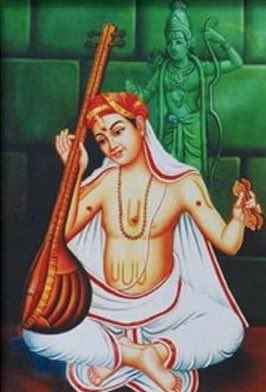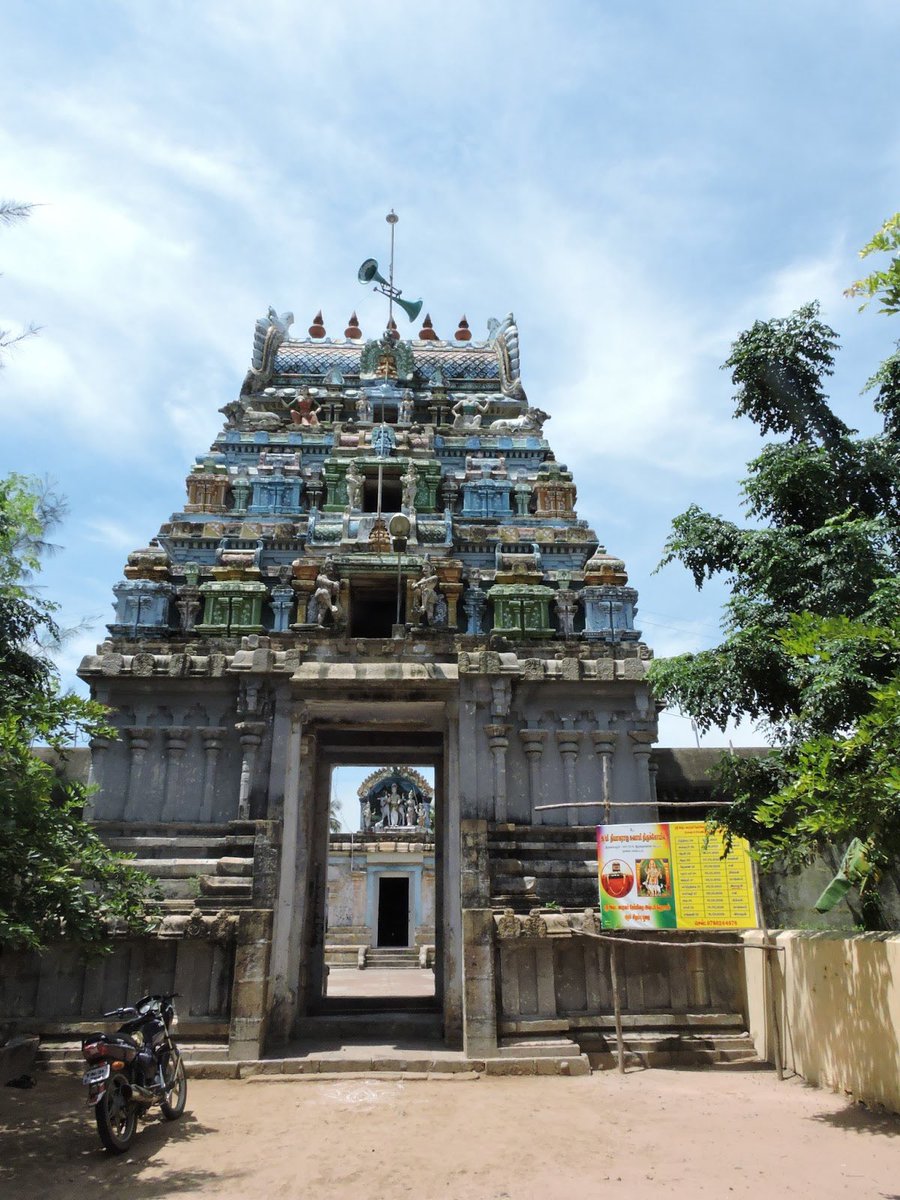
#Thread Did you know that there are 7 temples in Tamil Nadu around Thiruvarur that are known as Sapta Vitankas because they have 7 images of Somaskanda that are believed to be divinely created without a chisel? (Vi-Tanka). These were sacred to Saint Thiagaraja. #TamizhTales 

Each of these shrines is associated with a certain form of dance. The Sapta Vitankas have been glorified by the Tevaram verses of Nayanmars or Saivite saints of TN from 1st millennium CE. The first one is at Thiruvarur and is known as Thyagaraja Swamy Kovil #TamizhTales 

Next is the Tirunallar temple that has a shrine dedicated to the planet Saturn. This is one of the Navagraha temples as well. King Nala from Mahabharat is said to have worshipped here. #TamizhTales 

Next is the Kayarohaneswarar temple of Nagapattinam, also known as the Neelayadhakshi Amman temple as it is also considered to be one of Devi’s Shakti Sthalas. Bhagwan Shiv here is also known as Sundar Vitangar. #TamizhTales 

Fourth #SaptaVitanka temple is Kannayariamudayar Temple at Thirukkarayil. Lord Shiva is known here as Aadi Vitankar #TamizhTales 

Fifth of the #SaptaVitanka sthalams is the Avani Vitankar or Brahmapureeswarar temple at Thirukkolili. Lord Brahma is said to have worshipped here prior to commencing the act of creation. It had an emerald lingam that was stolen from the temple. #TamizhTales 

Sixth of the seven #SaptaVitanka sthalams is the Neelavitankar at Thiruvaaimur. The original brick and mortar temple at this site was rebuilt in the 12th century CE by Vikrama Chola. #TamizhTales 

Final #SaptaVitanka Sthalam is the Vedanarayaneswarar temple of Thirumaraikkadu. It is believed that Rama attempted to build a bridge to Sri Lanka from Vedaranyam first and was directed by Shiva to proceed to Rameswaram to build a bridge. #TamizhTales (pics sourced via internet) 

• • •
Missing some Tweet in this thread? You can try to
force a refresh


















